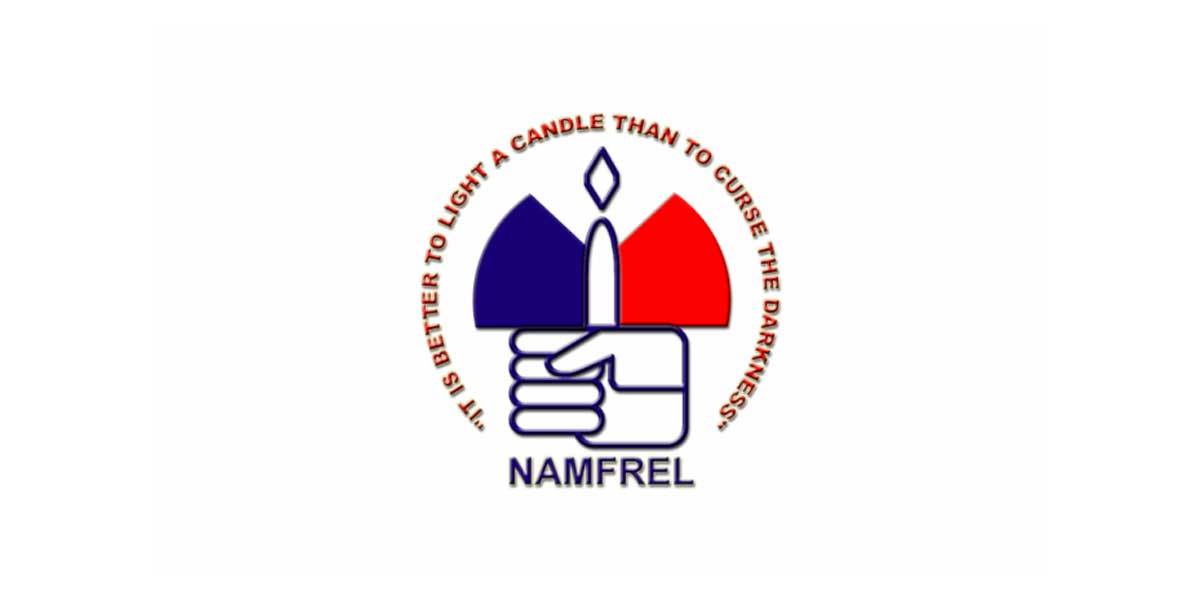By Herbert Vego
WHILE slowing down to stop my car as the traffic lights turned from green to yellow and red, I had the misfortune of getting bumped by another car. I got mad, knowing it was the other driver’s fault. I was in the mood for word war until I recalled my doctor’s “formula” to fight hypertension.
Doc had advised, “Whatever happens, control your anger. It could save your life.”
Those words have always been my guideline for survival. I had gone in and out of the hospital due to hypertension. Luckier me than several of my friends had gone ahead due cardiac arrest secondary to hypertension.
In fact, I have learned to cope with hypertension and to minimize its occurrence. Thanks to the many times spent with my doctors, I may now echo their combined pieces of advice.
A person suffering from hypertension — “high blood” to laymen – is generally one with a blood pressure reading of 120 over 80 (120/80). The first number refers to the systolic pressure inside the large arteries of the body when the heart contracts to carry oxygenated blood to other parts of the body. The second number is the systolic pressure between heartbeats.
A person with elevated systolic or diastolic pressure (or both) may have hypertension. Elevation of the arterial pressure poses major danger to the arteries, the heart, brain, and kidneys.
How can hypertension damage the heart and arteries?
First, because hypertension causes the heart to pump with greater force, the heart muscle thickens — a process called hypertrophy. Eventually, the thickened muscle may simply be unable to keep up with the increased blood pressure. When this occurs, congestive heart failure occurs.
Second, hypertension damages arterial walls directly, causing them to become stiff and lose elasticity. Damage to the small arteries of the kidneys occurs as well, sometimes leading to kidney failure.
A moderate blood pressure of 130/80 may not annoy. But a higher BP reading of 140/90 may need medical attention. A reading of 180/110 is reason for an immediate date with a doctor, who may prescribe stronger drugs or recommend hospitalization.
Third, arterial walls may be weakened, leading to ballooning of the arteries or aneurysm. Aneurysm typically involves the aorta, the largest artery in the body, and the cerebral arteries in the brain. Such aneurysms may burst, causing massive internal bleeding. When an aneurysm in a cerebral artery ruptures, it produces a stroke. Aneurysms may even occur in the wall of the heart itself, leading to heart failure.
Finally, hypertension speeds up the process of atherosclerosis, blocks the arteries and triggers a heart attack. When atherosclerosis blocks a carotid artery or vertebral artery, an ischemic stroke occurs.
Hypertension is called “the silent killer” because when left undiagnosed, it can be deadly.
Several risk factors contribute to high blood pressure, such as: overweight, high salt consumption, alcohol sedentary lifestyle, and even medications for other diseases.
The unalterable conditions that raise the risk of developing high blood pressure include heredity, which means the disease runs in the family; old age, which means the blood person may increase as the person gets older; and disorders such as diabetes mellitus and abnormal blood fats, are more prone to hypertension.
The hypertensives can avoid compounding risk by heeding doc’s advice or acquiring healthy habits like moderate walking and exercise.
Since maintenance drugs could be very expensive, I cope with the disease through what nutritionists call DASH or Dietary Approach to Stop Hypertension (DASH) diet, which is a healthy-eating plan designed to help prevent or treat high blood pressure. It also may help lower the bad cholesterol linked to heart disease, the low density lipoprotein (LDL).
DASH foods are rich in such minerals as potassium, calcium and magnesium. The diet focuses on vegetables, fruits and whole grains, plus fat-free or low-fat dairy products, fish, poultry, beans and nuts.
-oOo-
BILL DEPOSIT REFUNDS BRING SATISFACTION
FIRST, here’s good news for every consumer of MORE Power in Iloilo City. As relayed to us by communications officer Joy Fantilaga, the distribution utility has once again reduced its residential rate to ₱10.5549 per kilowatt-hour effective October 18, 2023 until November 14, 2023. The previous rate was 16 centavos higher.
Another good news for customers who have paid their bills on or before the due date for 36 straight months (three years) is that they are always entitled to a refund of their bill deposits.
As of now, MORE Power has refunded 269 customers in the total amount of ₱811,000.
The previous month of September saw the highest number of refunded customers, 162, in the total amount of ₱538,000.
Each new customer who registers with MORE Power is asked to make a bill deposit equivalent to his estimated monthly power consumption. This deposit will be returned either after three years of prompt payments or on demand if the customer terminates his connection.
Many grateful refunds recipients have expressed their gratitude and shared how these refunds have positively impacted their lives:
Here’s one from Rodel Encajonado: “With this amount, I will buy rice.”
Elmar Cabalfin: “I feel happy. I may use this refund to pay for my next bill. If in excess, I will also buy maintenance medicine for my father.”
Cherry Pie Elizalde: “This is unexpected. I had not known about the refund policy before. I will spend it on my child’s birthday.”
Edna De Vera Vasquez: “I thought the call from MORE Power was to remind me to pay. So I answered, ‘I have already paid.’ What a surprise when the voice on the line broke the good news that I would get back the bill deposit I made three years ago.”




















